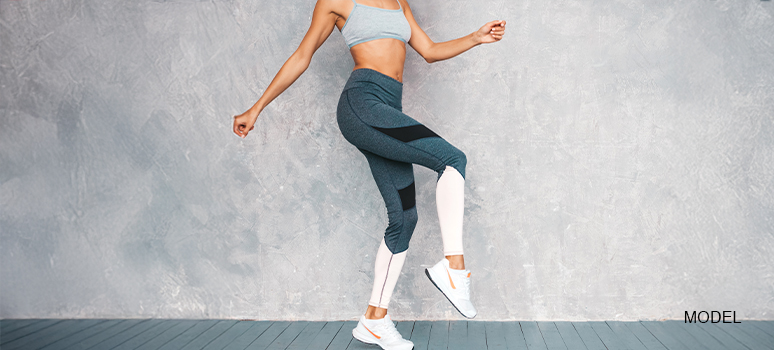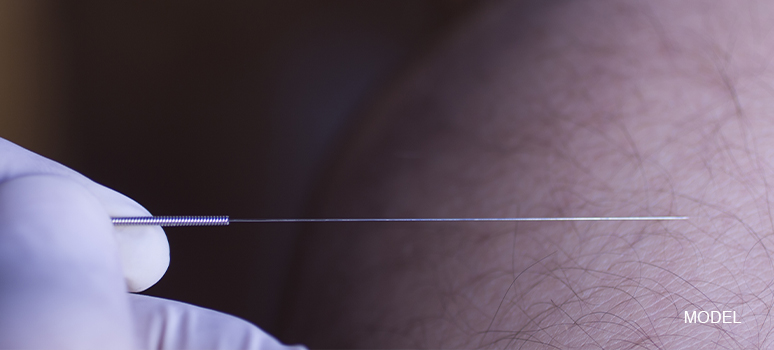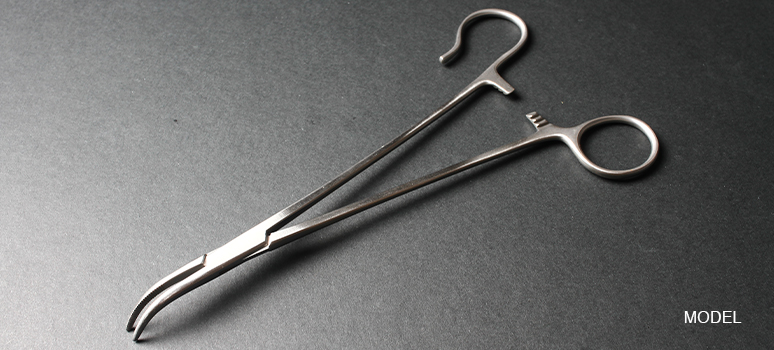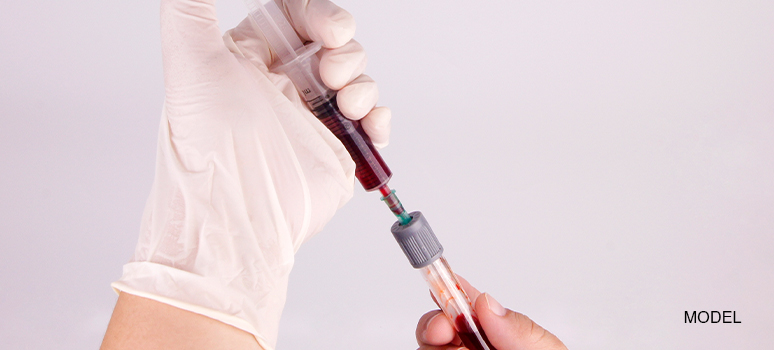Introduction
Are you pushing your body to its limits, whether in the gym, on the track, or in your daily life? Do you find yourself struggling with muscle soreness, fatigue, or even swelling after intense activity? Recovery is just as crucial as the workout itself, and finding effective methods to bounce back quickly is essential. This comprehensive guide dives deep into the world of compression garments for recovery, exploring their benefits, types, and how they can help you optimize your recovery process. We’ll also touch upon medical compression garments and compression garments for lymphedema, providing valuable insights into their specific applications.
Understanding Compression Garments
Compression garments are specialized clothing designed to provide graduated compression to specific areas of the body. This means the garment is tighter at the extremities (like the ankles or wrists) and gradually loosens as it moves up towards the torso. This graduated pressure plays a crucial role in improving circulation and supporting the body’s natural recovery mechanisms. Think of them as a gentle, supportive hug for your muscles.
Compression Garments Benefits: More Than Just Sore Muscles
The benefits of using compression garments for recovery extend far beyond simply reducing muscle soreness. Here’s a breakdown of the key advantages:
- Improved Blood Circulation: The graduated compression helps to push blood back towards the heart, improving circulation and delivering vital nutrients to tired muscles. This enhanced blood flow also helps to remove metabolic waste products that contribute to soreness and fatigue.
- Reduced Muscle Soreness: By improving circulation and reducing inflammation, compression garments can significantly lessen the intensity and duration of delayed-onset muscle soreness (DOMS). This means you can get back to training sooner and feel better while doing it.
- Decreased Muscle Fatigue: Improved blood flow translates to better oxygen delivery to muscles, which can help to reduce fatigue during and after exercise. This can be particularly beneficial for endurance athletes.
- Reduced Swelling: Compression garments can help to minimize swelling (edema) by preventing fluid from pooling in the extremities. This is especially important after intense workouts that can cause minor tissue trauma.
- Enhanced Muscle Recovery: By promoting efficient nutrient delivery and waste removal, compression garments create an optimal environment for muscle repair and growth.
- Injury Prevention: Some studies suggest that compression garments can help to stabilize muscles and joints, potentially reducing the risk of certain types of injuries.
Types of Compression Garments: Finding the Right Fit
Compression garments for recovery come in a variety of styles, each targeting different muscle groups:
- Compression Socks and Sleeves: These are ideal for runners, cyclists, and anyone experiencing lower leg fatigue or swelling. They can also be beneficial for people who stand for long periods.
- Compression Shorts and Tights: These target the muscles of the thighs and glutes, providing support and improving circulation in these key areas. They are popular among weightlifters and athletes involved in explosive movements.
- Compression Shirts: These target the upper body, including the chest, back, and arms. They can be beneficial for athletes involved in upper body training or those looking for overall muscle support.
- Full-Body Compression Suits: These provide compression to the entire body and are often used by elite athletes for optimal recovery.
Choosing the right type of compression garment depends on your specific needs and the activities you participate in. Consider the muscle groups you want to target and the level of compression you require.
Medical Compression Garments: Addressing Specific Needs
Medical compression garments are specifically designed to treat various medical conditions, including:
- Lymphedema: This condition causes fluid buildup in the limbs, leading to swelling and discomfort. Compression garments play a vital role in managing lymphedema by promoting lymphatic drainage. Compression garments for lymphedema are carefully designed to provide the appropriate level of compression to manage this chronic condition.
- Venous Insufficiency: This condition affects the veins in the legs, making it difficult for blood to return to the heart. Compression garments can help to improve venous circulation and reduce symptoms such as swelling and leg pain.
- Deep Vein Thrombosis (DVT): Compression garments are often prescribed to prevent DVT, a serious condition involving blood clots in the deep veins.
If you are considering using medical compression garments, it is crucial to consult with your doctor or a qualified healthcare professional. They can assess your condition and recommend the appropriate type and level of compression.
Compression Garments for Lymphedema: A Closer Look
Lymphedema requires specialized care, and compression garments for lymphedema are a cornerstone of treatment. These garments are designed to provide consistent, graduated compression to the affected limb, helping to reduce swelling and improve lymphatic drainage. Working closely with a lymphedema therapist is essential to ensure proper fitting and usage of these specialized garments. They can also advise on additional therapies, such as manual lymphatic drainage, to optimize treatment outcomes.
Maximizing the Benefits of Compression Garments
To get the most out of your compression garments for recovery, consider these tips:
- Proper Fit: Ensure the garment fits snugly but not too tightly. It should provide even compression without restricting circulation. Consult the manufacturer’s sizing chart for guidance.
- Wear Time: For recovery purposes, wearing compression garments for a few hours after exercise is generally sufficient. For medical conditions like lymphedema, your doctor will advise on the appropriate wear time.
- Care Instructions: Follow the manufacturer’s care instructions to maintain the integrity of the garment and ensure its longevity.
- Quality Matters: Invest in high-quality compression garments from reputable brands like Robbins Instruments to ensure optimal performance and durability.
Robbins Instruments: Your Partner in Recovery
Robbins Instruments understands the importance of effective recovery. We offer a range of high-quality compression garments for recovery designed to support your body’s natural healing processes. Our products are crafted with precision and utilize advanced materials to provide optimal compression and comfort. Whether you’re a professional athlete or simply someone who prioritizes their well-being, Robbins Instruments has the right compression garment for you.
Conclusion
Compression garments for recovery offer a powerful tool for athletes and individuals seeking to optimize their recovery process. From reducing muscle soreness and fatigue to improving circulation and preventing swelling, the benefits are numerous. Whether you’re looking for general recovery support or managing a specific medical condition like lymphedema, understanding the different types of compression garments and their proper usage is key. By incorporating compression garments into your recovery routine, you can bounce back faster, perform at your best, and enjoy a healthier, more active lifestyle. Remember to consult with a healthcare professional if you have any underlying medical conditions.
We encourage you to explore the range of compression garments offered by Robbins Instruments and experience the difference they can make in your recovery journey.
FAQS
How long should I wear compression garments after exercise?
Generally, wearing them for a few hours after exercise is sufficient for recovery purposes. However, it’s always best to listen to your body and adjust the wear time as needed.
Can I sleep in compression garments?
While some people find it comfortable, it’s generally not recommended to sleep in compression garments unless advised by your doctor, especially for medical conditions.
How do I choose the right size of compression garment?
Consult the manufacturer’s sizing chart and measure the relevant body parts to ensure a proper fit. The garment should feel snug but not too tight.
Are compression garments suitable for everyone?
While generally safe, individuals with certain medical conditions, such as peripheral artery disease, should consult with their doctor before using compression garments.
How often should I replace my compression garments?
The lifespan of compression garments depends on usage and care. Over time, the elasticity of the fabric may decrease, reducing its effectiveness. It’s generally recommended to replace them every 6-12 months, or as needed.






